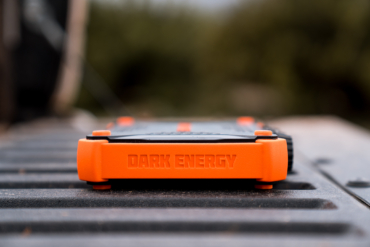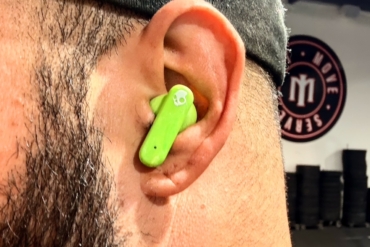On the crest of a hill, running full steam ahead under a pale summer sky, my heart rate ticked up to 180 beats per minute. Huge gulps of air. Burning thighs. A twinge of lightheadedness overtaking. My very being was redlining on a training run just three blocks from home.
The watch on my wrist — Suunto’s T6 model — provided a precise digital gauge to my aerobic inner workings. Teamed with its included chest strap monitor, the T6 recorded my heart rate, elevation gain and loss on the run, and the amount of time I was outside pushing my limits.

Later, back home at a desk, session data could be downloaded to my computer and analyzed via Suunto’s Training Manager software, a program that charts workout information to help athletes tweak their regimen to meet fitness goals.
Suunto (www.suunto.com), a Finnish company that calls its watches “wrist-top computers,” makes a line of top-notch fitness products, and its prices reflect that: The Suunto T6 model I tested this summer goes for $399.
But the T6 is a solid performer, with intuitive operation, great functionality, and a stout build that has held up to all I could throw at it for the past six months. Its three main function areas — time, heart rate and altimeter — are the basic and advanced tools I need during training as well as during competitions and adventures like backpacking and mountaineering.
Highgear Inc., a North Carolina maker of watches, navigational devices and pedometers, provides a lower-cost option. In particular, I found the company’s PulseWare Duo — a $100 watch and heart-rate monitor — to be on par with the Suunto T6 for basic aerobic assessment.

On my test runs, the PulseWare Duo and its included chest strap monitor provided accurate heart-rate readings. Just like Suunto, Highgear (www.highgear.com) includes functions to monitor target heart-rate zones, maximum rate, rate percentage, and average number of beats per workout.
The PulseWare Duo’s unique features include a function that estimates calories burned on every workout; an onscreen color graph to chart heart rate in a quick-glance, non-numeric format; and a fingertip reader mounted on the edge of the watch face to provide a heart-rate reading without the chest strap.
You cannot hook the Highgear watch up to a computer, and the company does not provide software for analyzing workouts. Highgear does not include an altimeter function on this watch either, which was a feature I missed while testing the PulseWare Duo.
But both watches were admirable performers in their own right. Training fanatics may want to splurge on the Suunto T6 — especially anyone who wants to get nitty-gritty with charts and daily training logs on a computer screen. But for its price, the PulseWare Duo definitely earned my respect as an all-around aerobic accomplice as well.






